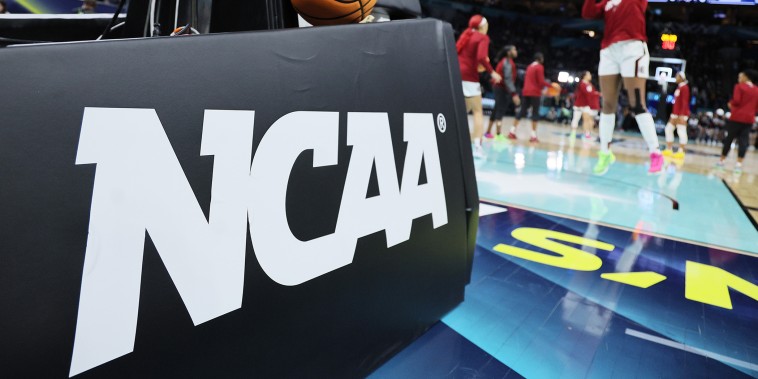In a landmark move that could reshape the landscape of collegiate sports in the United States, a historic settlement has been reached to potentially allow schools to finally pay student-athletes. This development has far-reaching implications for both the NCAA and the players involved, setting the stage for significant changes in how student-athletes are compensated for their unique skills and contributions to the world of college athletics.
The agreement comes after years of debate, legal challenges, and growing public pressure to address the issue of fair compensation for student-athletes. Under the terms of the settlement, schools would be allowed to offer financial compensation to student-athletes in addition to their scholarships, a departure from the longstanding amateurism model that has governed college sports for decades.
The potential shift towards paying student-athletes represents a significant departure from the traditional norms of collegiate athletics. For years, the NCAA has maintained strict restrictions on compensation for student-athletes, arguing that amateurism is essential to preserving the integrity and spirit of college sports. However, critics of the current system have long argued that student-athletes are unfairly exploited, generating billions of dollars in revenue for schools and the NCAA without receiving a fair share of the profits themselves.
One of the key aspects of the settlement is the potential for student-athletes to benefit financially from the use of their name, image, and likeness. Currently, NCAA rules prohibit student-athletes from profiting off their own fame or reputation, a restriction that many have criticized as outdated and unfair. Allowing student-athletes to capitalize on their personal brands could provide a significant source of income for many athletes, particularly those in high-profile sports like football and basketball.
In addition to individual compensation opportunities, the settlement could also pave the way for collective bargaining rights for student-athletes. This would enable athletes to negotiate for better working conditions, healthcare benefits, and other protections that are standard in professional sports but have long been denied to college athletes.
However, while the settlement marks a significant step towards fair treatment and compensation for student-athletes, there are still many details that need to be resolved before the new system can be implemented. Questions remain about how compensation will be structured, how it will impact recruitment and competition, and how it will be regulated to prevent abuse or exploitation.
Overall, the historic settlement to potentially allow schools to pay student-athletes represents a major turning point in the ongoing debate over the rights and compensation of college athletes. By opening the door to financial compensation and greater autonomy for student-athletes, the settlement has the potential to bring about a more equitable and just system for all those involved in collegiate sports.




























